
FOX 4: New Exercise Guidelines – Move more, sit less, start younger
Watch the full interview on the FOX 4 website here.

Watch the full interview on the FOX 4 website here.
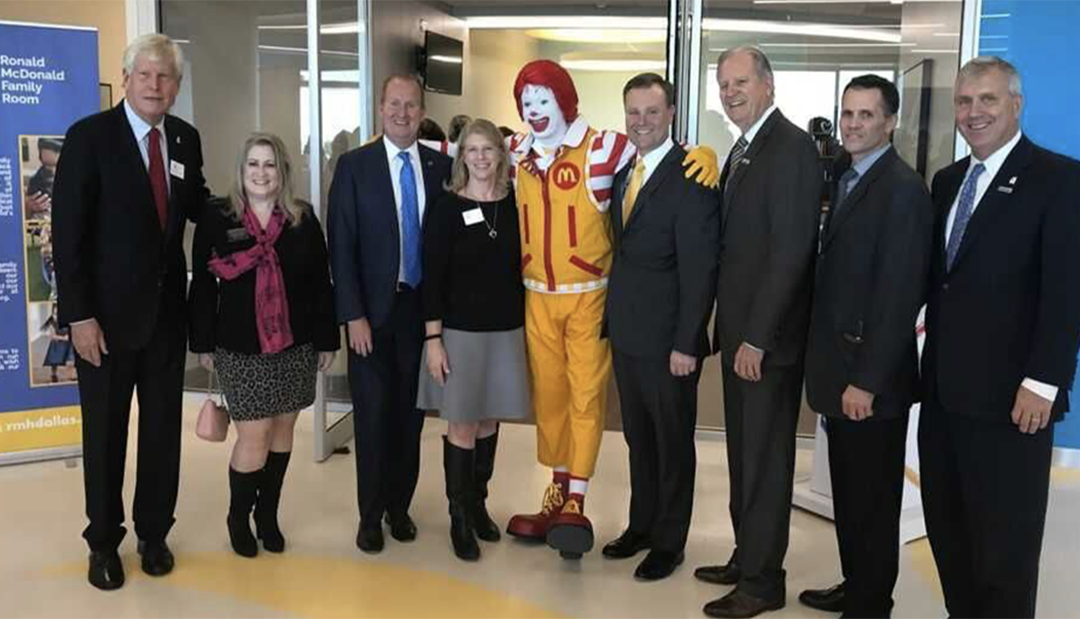
Ronald McDonald House of Dallas (RMHD) hosted a ribbon-cutting on Friday for its first family room, which is located at Scottish Rite for Children Orthopedic and Sports Medicine Center in Frisco.
The mayor of Frisco, Jeff Cheney, was joined at the ribbon cutting by Leigh-Ellen Norman and members of the Frisco Chamber of Commerce, leadership from Scottish Rite Hospital, including President and CEO Robert L. “Bob” Walker, the VP of North Campus Jeremy Howell and Assistant Chiefs of Staff Karl Rathjen, M.D. and Philip L. Wilson, M.D, along with the CEO of RMHD Jill Cumnock and RMHD Board Chair Doug Smellage.
For nearly 40 years, RMHD has served as a home-away-from-home to families while their children are being treated for critical illnesses or injuries locally.
The House has traditionally helped families with three daily meals as well as both day and overnight accommodations from its location in Dallas’ Southwestern Medical District.
The new Ronald McDonald Family Room comfortably accommodates 25 people and offers a place of temporary respite, relaxation and comfort to families with children receiving outpatient care at Scottish Rite in Frisco.
Research shows that staying close by allows parents to better communicate with their child’s medical team and improves adherence to complicated treatment plans. Families with access to a Ronald McDonald Family Room report a better overall clinical experience.
Currently, RMHD hosts 1,400 families annually, but expects the Family Room will help serve approximately 1,000 additional people each year. With the Dallas-area pediatric population expected to increase 27 percent by 2025, RMHD has been taking measures to accommodate as many more families as possible in the years ahead.
In September, RMHD broke ground on The Elsie & Marvin Dekelboum Family Foundation Wing, an $11.5 million expansion that will add 30 additional guest rooms to its Southwestern Medical District location.
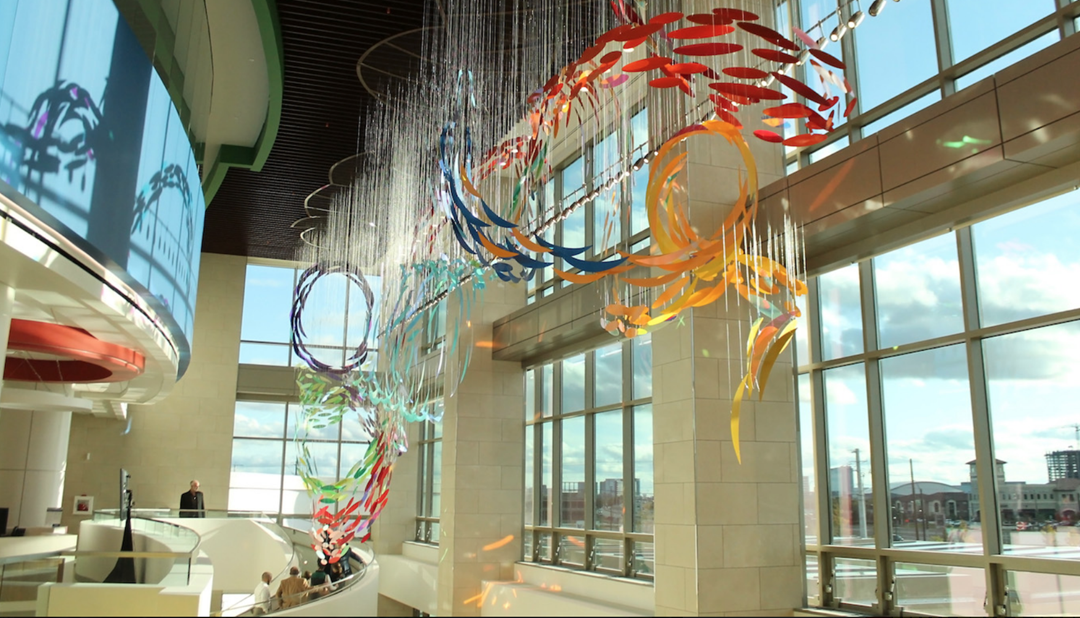
Read the original article on the Community Impact Newspaper website here.
Scottish Rite for Children, which began accepting patients in mid-October, held a grand opening ceremony Thursday.
The orthopedic facility is the first Texas Scottish Rite Hospital for Children campus outside of its Dallas campus, where the primary location has been for nearly 100 years.
Anchored by the Center for Excellence in Sports Medicine, the facility specializes in orthopedic care and sports medicine exclusively for children.
The campus includes public walking and running trails. And like the Dallas campus, the hallways of Scottish Rite for Children smells of popcorn.
“Today, we are translating the expert care to our location in Frisco, and here we promise to provide the same core values: our commitment to unsurpassed medical care and the magical elements that will make Scottish Rite for Children a place like no other—to give children back their childhood,” said Lyndon Olson, Texas Scottish Rite Hospital for Children board chairman.
The facility is located at the northeast corner of Dallas Parkway and Lebanon Road.
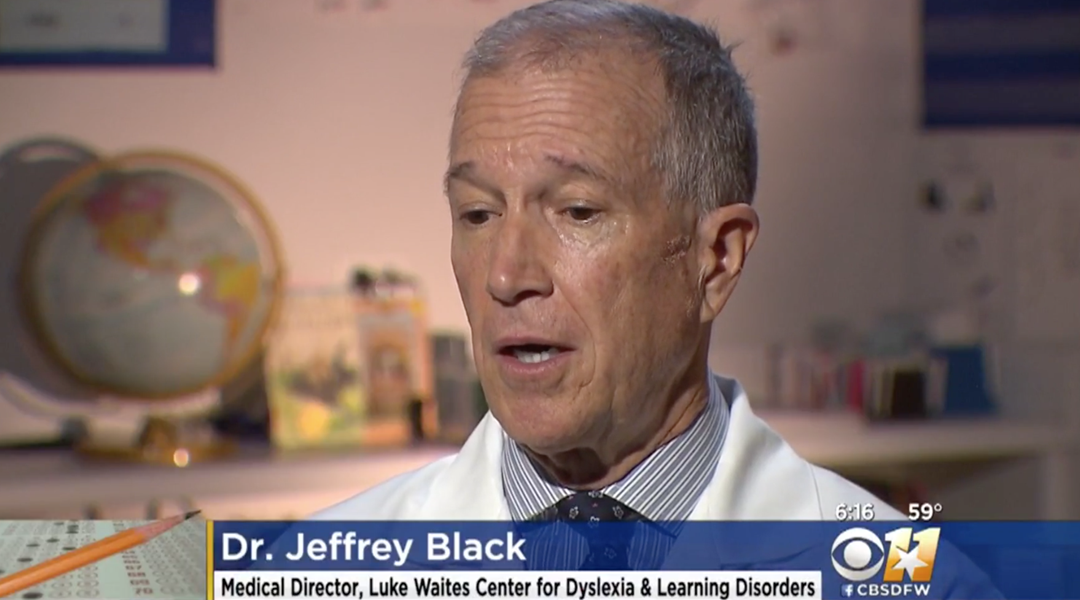
Watch the original story on CBS here.
NORTH TEXAS – In the age of tablets and laptops, fewer students are using loops and tails to communicate.
But is cursive writing making a comeback in Texas?
New state requirements are putting more emphasis on cursive handwriting in particular.
Experts are pleased because they say cursive helps children with dyslexia.
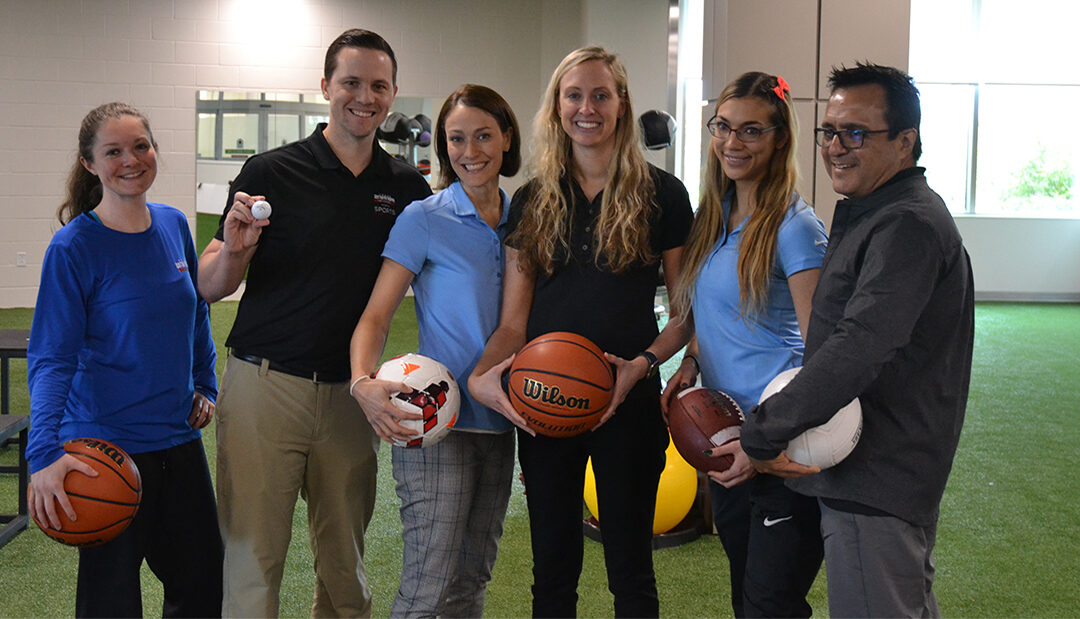
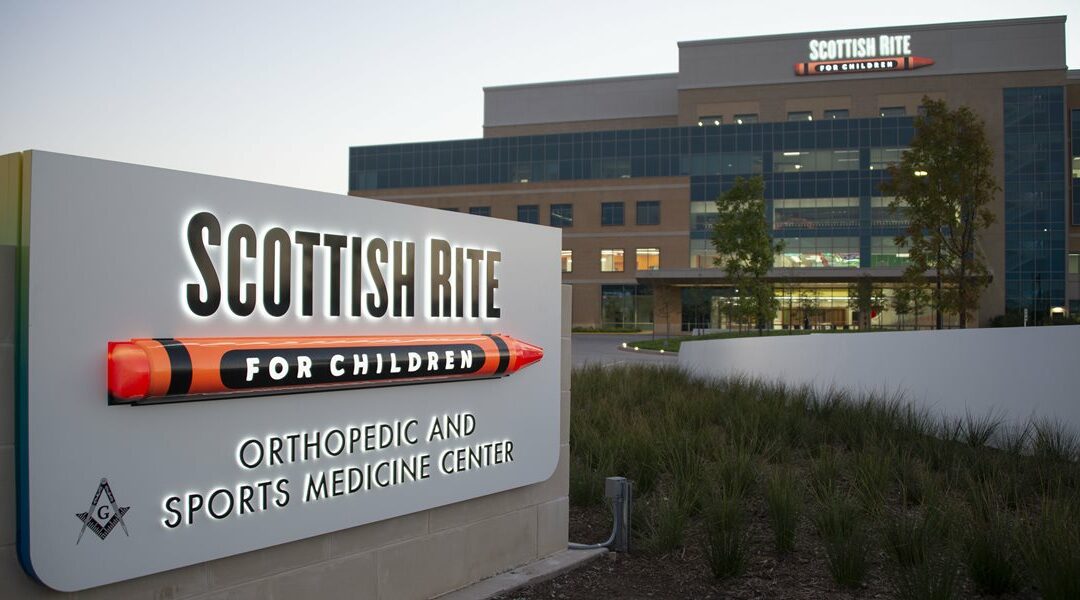
View the original story on the Healthcare Design Magazine website here.
Cavazos joined HKS’ Dallas office in 2006, initially working part-time while pursuing his Master of Architecture degree at the University of Texas at Arlington. His first post was in the firm’s construction administration department, where he worked on a variety of high-end hospitality projects.
Six years into his career, he was selected to participate in the firm’s annual design fellowship program, where he impressed leadership with his design and presentation skills so much that he was invited to transfer to the elite healthcare studio. There, he developed a specialty in pediatric facility design while working on several high-profile projects, such as Akron Children’s Hospital’s Kay Jewelers Pavilion, Our Lady of the Lake Children’s Hospital, and Scottish Rite for Children Orthopedic and Sports Medicine Center.
His unique background in construction administration and design as well as his ease in creating rapport with clients make him a sought-after resource in the office. In addition to serving as a studio leader and senior designer within the firm’s health sector, he was recently promoted to the role of business development practice leader, where he collaborates on proposals, attends project interviews, and coordinates marketing materials.
Healthcare Design: After spending time in other sectors and design specialties, why did you decide to focus on healthcare?
Cavazos: Admittedly, I was unsure about moving into healthcare after my work in hospitality and sports projects. At first, I was driven by the complexity of healthcare, but, not long after joining the studio, I remember hearing one of my colleagues speak about healthcare in a way that changed my perspective completely. She said, “When you go on vacation, you get to choose which hotel you want to stay in. When you’re sick or in an emergency, you don’t always get that luxury.” From that day forward, I knew I had the power to impact people in a profound way by designing facilities that will sometimes literally bookend their lives.
Describe a recent project and a lesson you learned through your work.
Scottish Rite for Children Orthopedic and Sports Medicine Center in Frisco, Texas, where I was lead designer, responsible for site and master planning, building blocking and stacking, concept development, and exterior design. The lesson that sticks with me most is the importance of developing trust with the client and project team. There were several times when I had to ask that hospital leadership to take a small leap of faith when it came to design decisions, something I couldn’t have done without first developing that trust.
What do you think is the number one issue facing healthcare designers today?
Designing for a system that fails to holistically integrate with the population being served, which results in inequality in access, lack of personalization, and weakened impact on community health.
Share an idea you have for addressing that problem.
More could be done to better integrate outpatient services into the communities they serve. I’ve seen Starbucks stores within blocks of each other—one a shipping container-inspired setting with drive-through service and another a Starbucks Reserve Bar in a mixed-use development. They both stay busy because they reflect their immediate environment, have adjusted their service model, and cater to different people while serving the same product. Why aren’t our healthcare facilities doing more of the same?
What’s your favorite place to go for inspiration?
The Katy Trail in Dallas. Built on an old rail line, it’s a walking, jogging, and biking trail nestled in the heart of the city. A run usually gives me time to think, and I love to do it where there are lots of people to see. A place that combines so many aspects of social activity, health, community, and nature is inspirational for me.